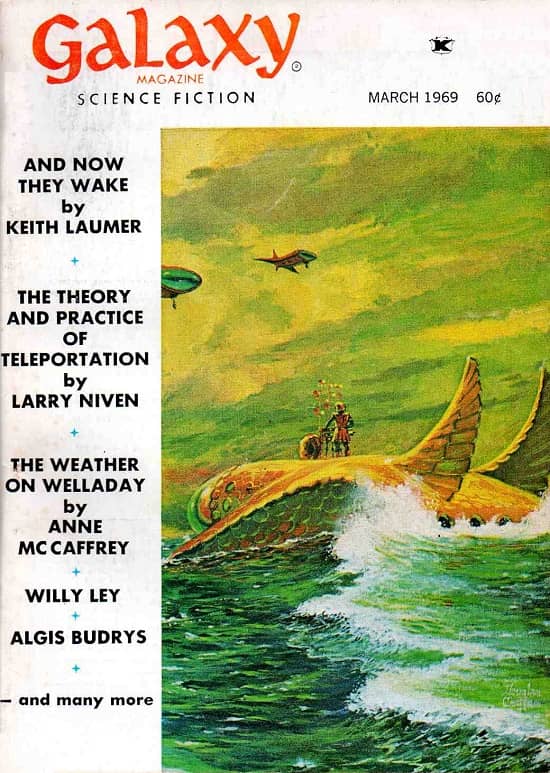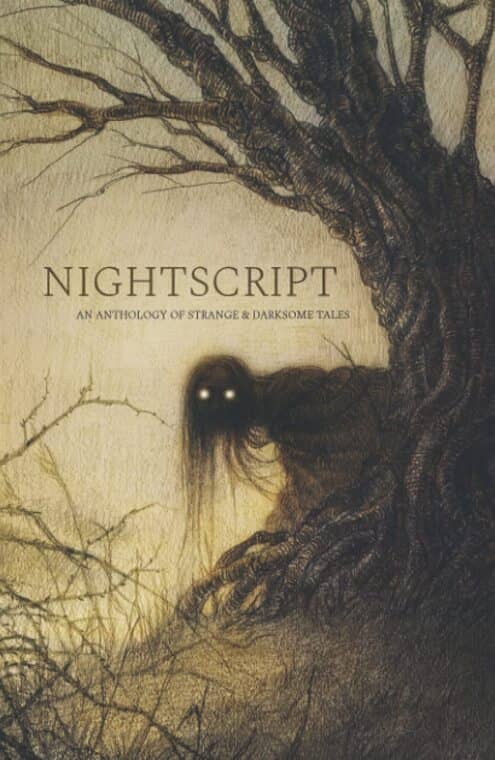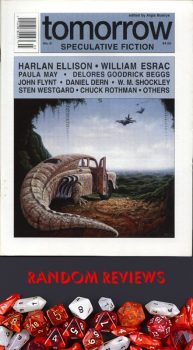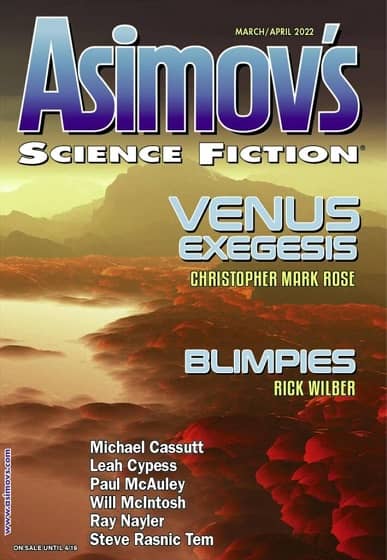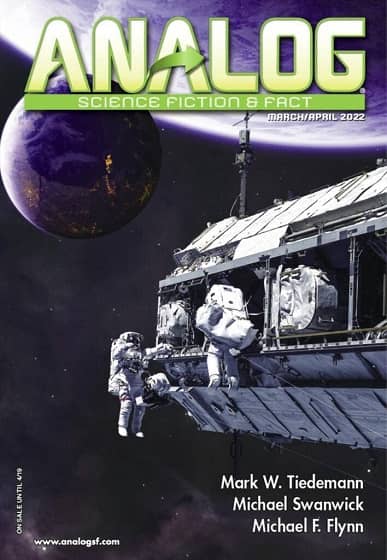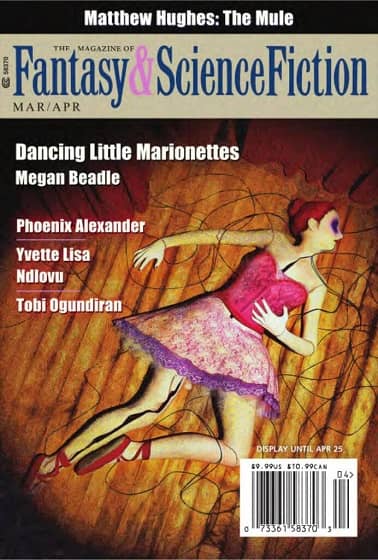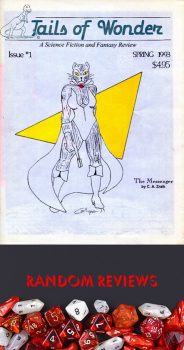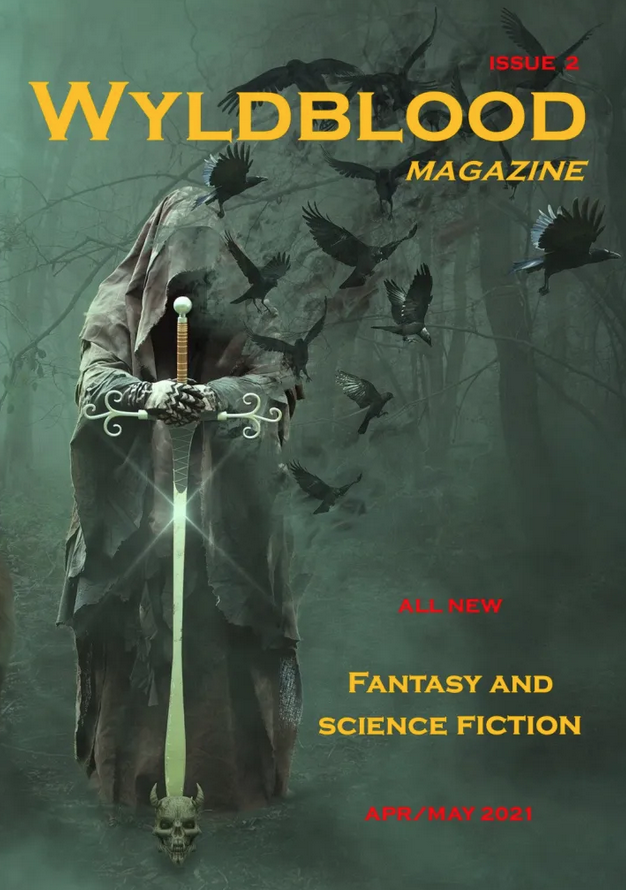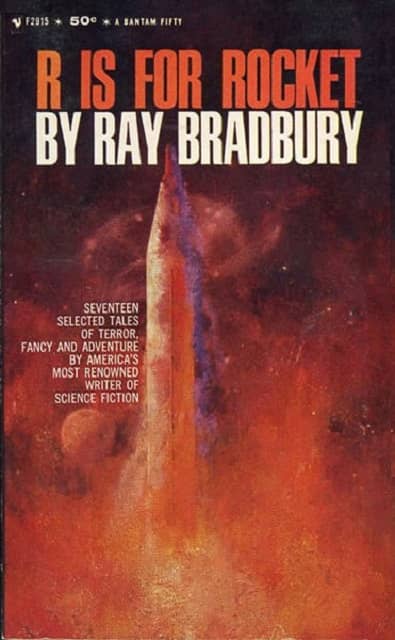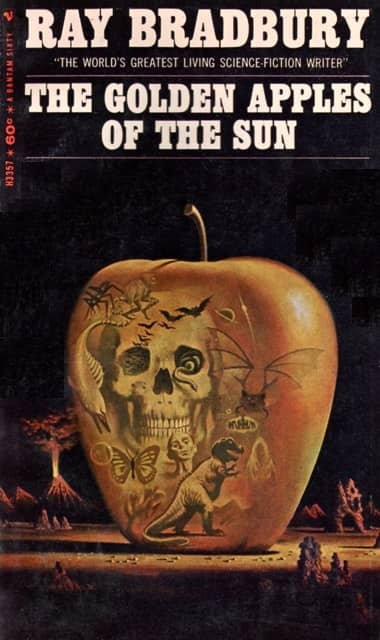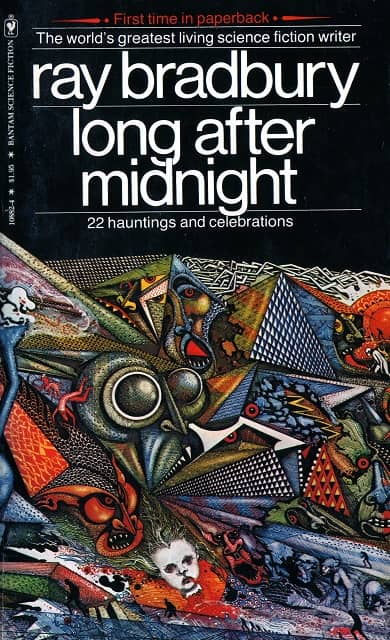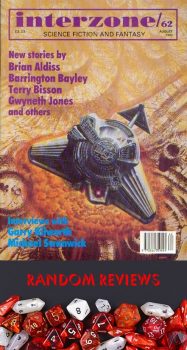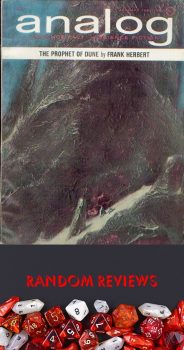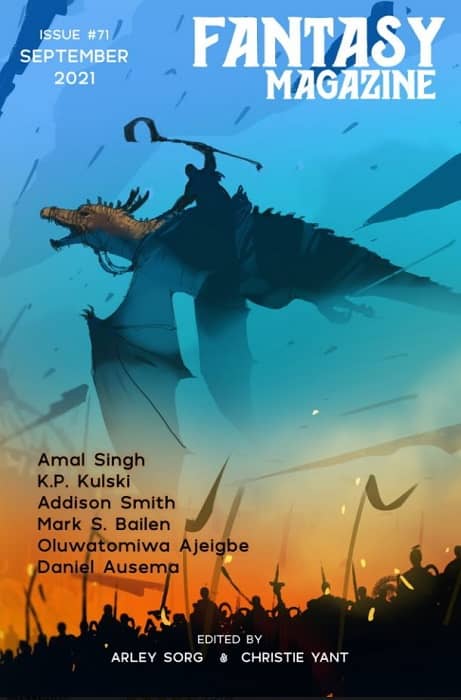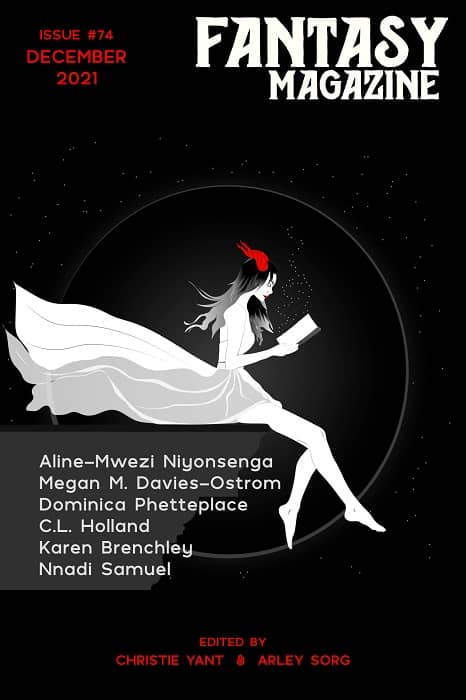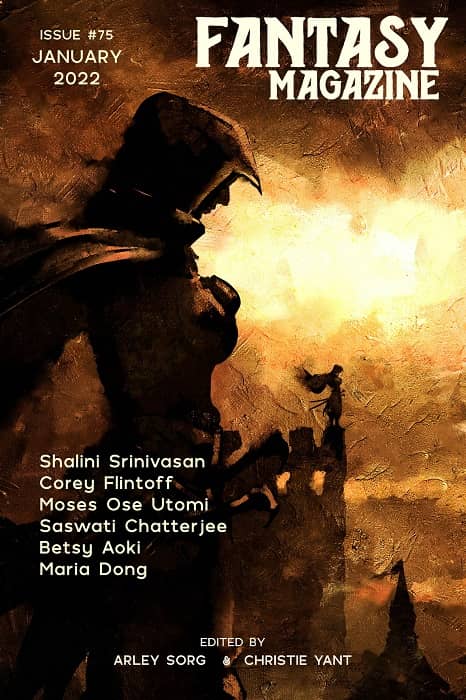Still Not Telling Us: “The Last Flight of Dr. Ain” by James Tiptree, Jr.
Galaxy, March 1969, containing “The Last Flight of Dr. Ain,” by James Tiptree, Jr. Cover by Chaffee
“. . . Take ‘The Last Flight of Dr. Ain.’ That whole damn story is told backward. . .. It’s a perfect example of Tiptree’s basic narrative instinct. Start from the end and preferably 5,000 feet underground on a dark day and then DON’T TELL THEM.”
This is James Tiptree, Jr., on his story “The Last Flight of Dr. Ain.” Or, this is Alice Sheldon, referring to “Tiptree” in the third person — and, still, NOT TELLING US.
“Tiptree”/Sheldon was a little dismissive of “The Last Flight of Dr. Ain” at times. I disagree. It was certainly the first of her stories to gain wide notice (and a Nebula nomination.) And it’s the earliest of her publications to really light me up. Thus I’d like to take a very close look at it here, in my latest piece trying to figure out how stories, particularly good stories, really work. (I note with some amusement that this essay is roughly the same length as the original story. I also add that of necessity I have “spoiled” the story, but I add that this story in particular is unspoilable, partly because it demands and rewards rereading. That said, if you haven’t read the story and you can find a copy, do go ahead and read it first!)
